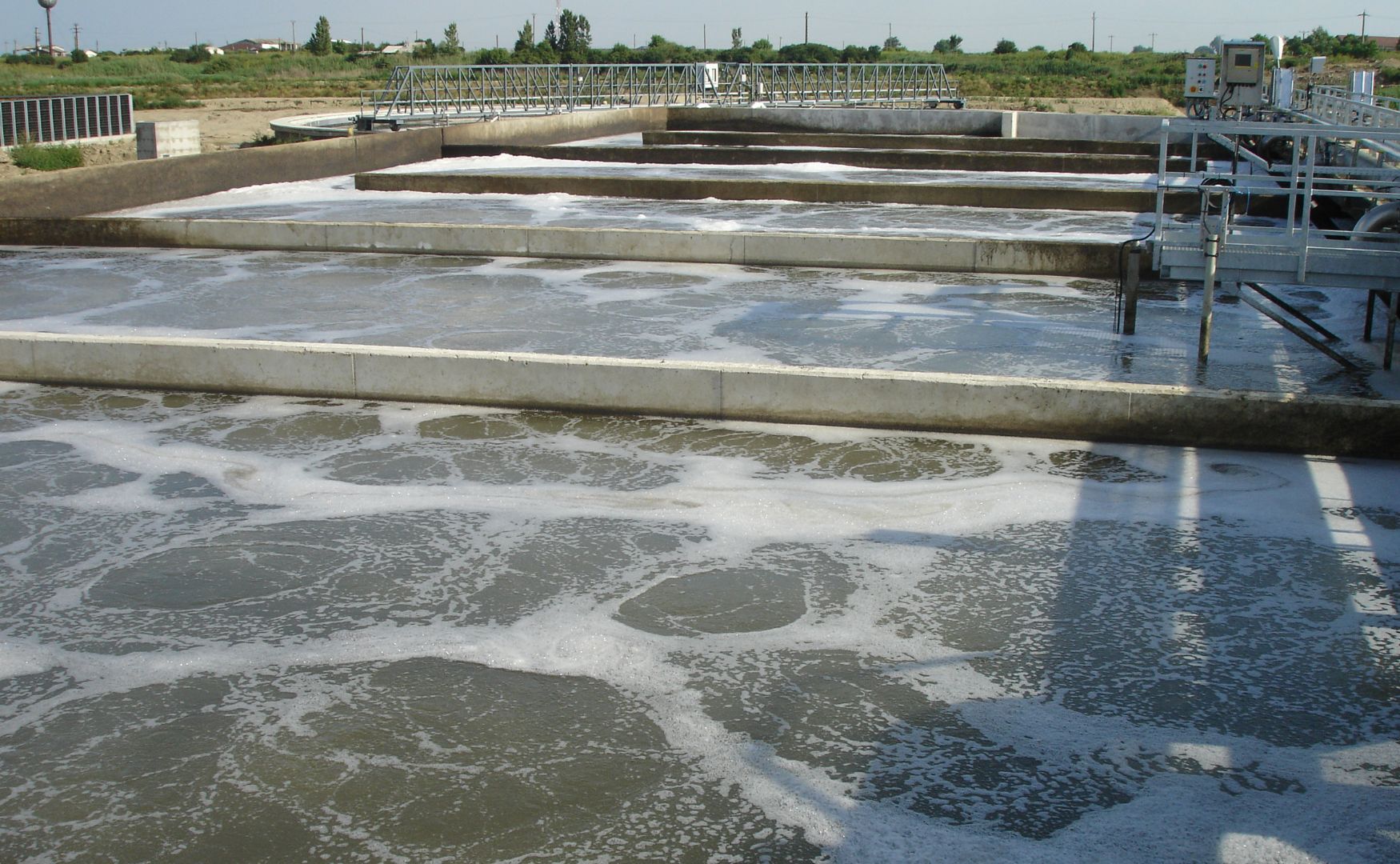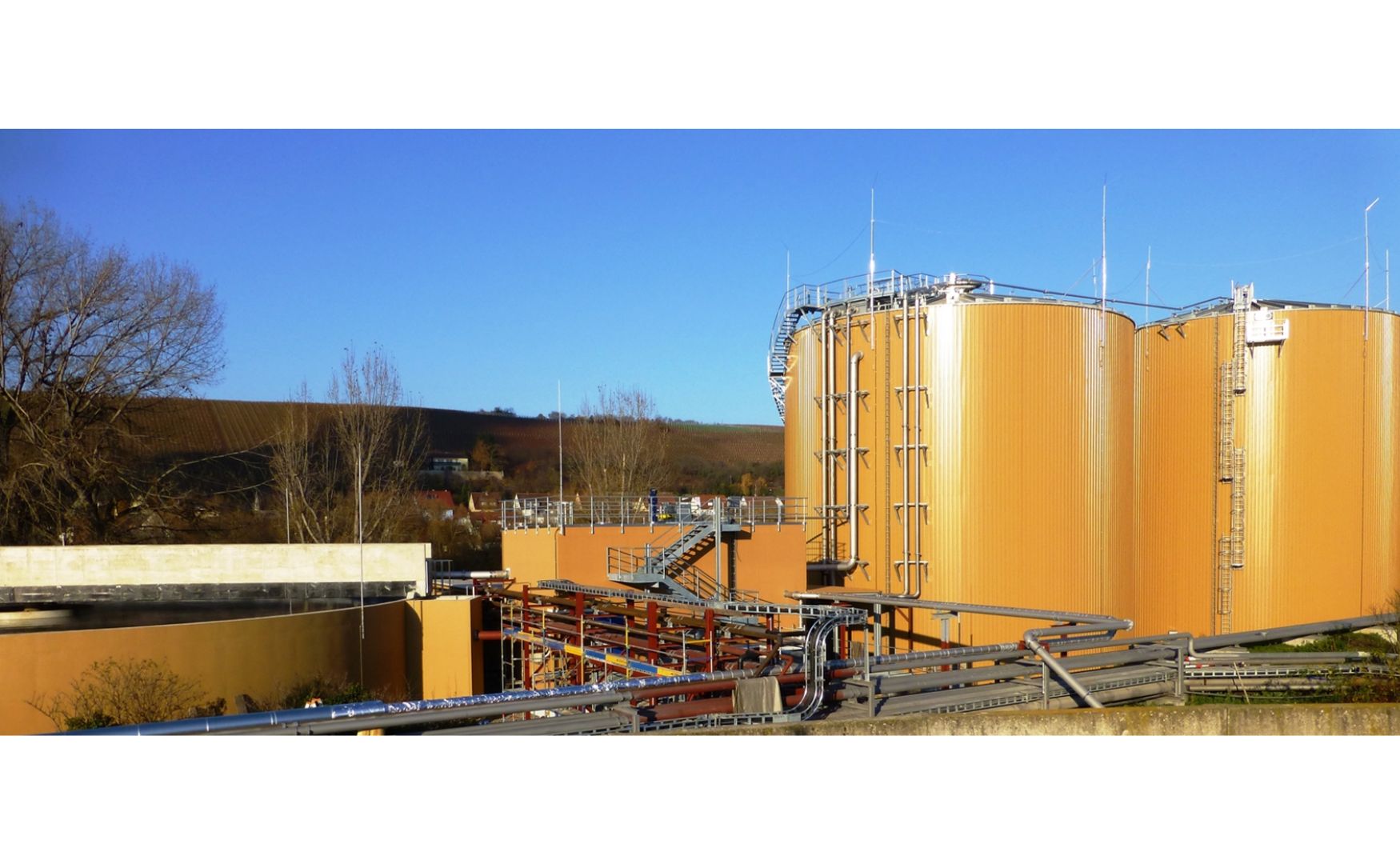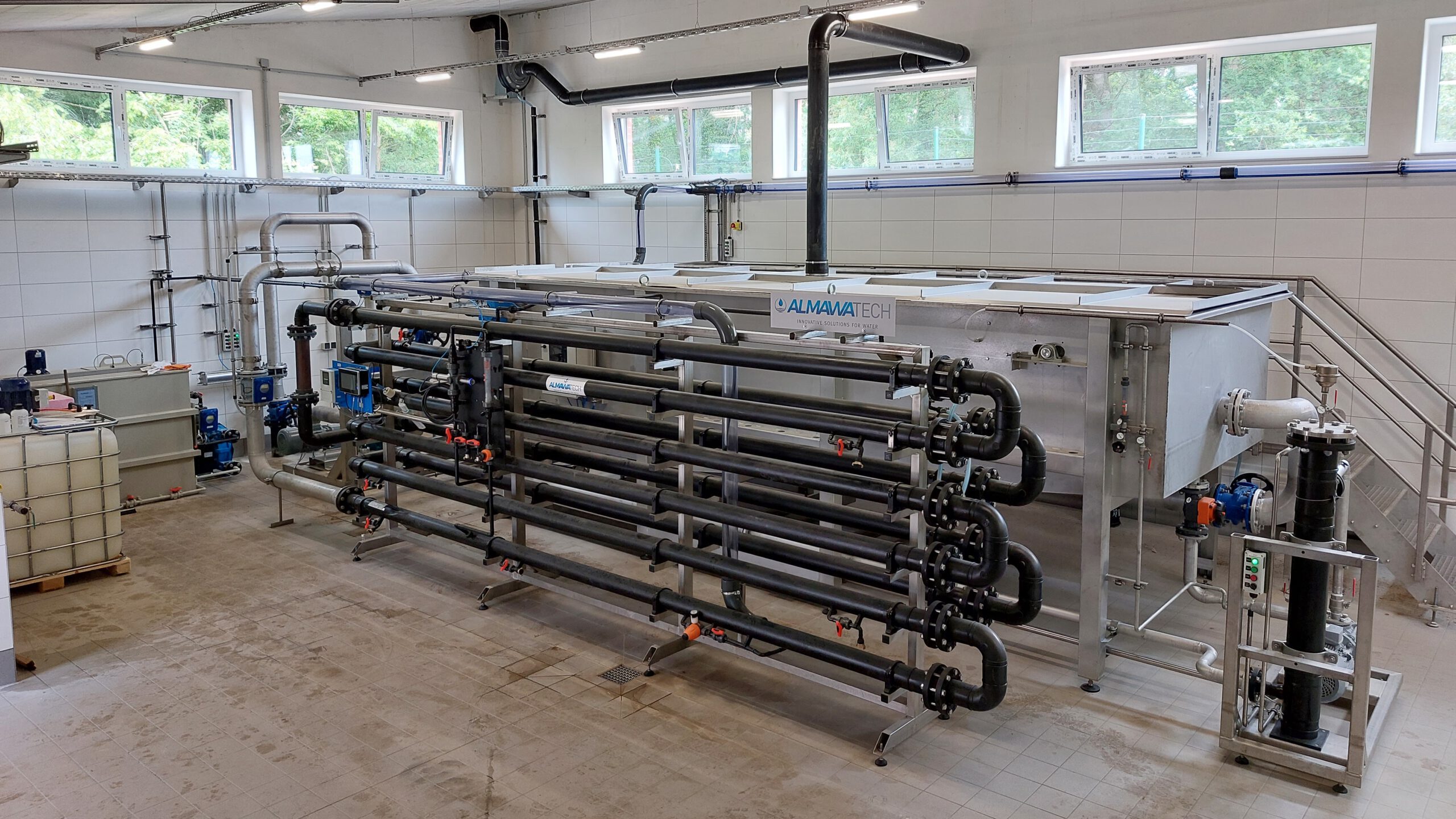Organic load describes the amount of organic substances in water or wastewater that can be biodegraded or oxidized. These substances often originate from natural sources such as plant material, animal waste or microbial activity, but also from anthropogenic sources such as industrial wastewater, food processing or chemical production. Organic pollution poses a significant challenge for water treatment, as it not only affects the efficiency of treatment systems, but can also pose environmental and health risks.
This article explains the technical and chemical background to organic pollution, describes the challenges involved in treating it and presents proven methods for effective removal in practice.
Table of contents
Definition and measured variables
The organic load is usually described by the following parameters:
1. chemical oxygen demand (COD)
- Definition: The amount of oxygen required to chemically oxidize organic substances in water.
- Unit: mg O₂/l.
- Meaning: Measures the total load, including poorly degradable compounds.
2. biochemical oxygen demand (BOD)
- Definition: The amount of oxygen required by microorganisms for the biological oxidation of organic substances.
- Unit: mg O₂/l, typically measured over 5 days (BOD5).
- Meaning: Indicates the biodegradable organic substances.
3. total organic carbon (TOC)
- Definition: The amount of carbon in organic compounds, measured directly in water.
- Unit: mg C/l.
- Meaning: Universal indicator for organic pollution.
4. volatile organic compounds (VOC)
- Definition: Organic substances with high volatility that are often toxic or harmful to the environment.
- Examples: Solvents, benzene, toluene.
Sources of organic pollution
Organic pollution can come from a variety of sources:
1. industrial wastewater
- Food industry: fat, starch, proteins, sugar.
- Chemical industry: solvents, organic acids, plastics.
- Pharmaceutical industry: residues of active ingredients, reaction solutions.
2. municipal wastewater
- Organic substances from households, including feces, cleaning agents and organic waste.
3. agriculture
- Inputs of fertilizers, pesticides, organic substrates from animal husbandry or crop waste.
4. natural entries
- Humic acids, lignin and other natural organic substances from the decomposition of plant material.

Process for the treatment of organic loads
The choice of the right method depends on the type of load and the specific requirements.
1. biological processes
Biological processes use microorganisms to break down organic substances.
- Examples: Activated sludge processes, trickling filters, membrane bioreactors (MBR).
- Application: Degradation of readily biodegradable compounds.
- Advantage: Cost-efficient, produces biomass (sewage sludge) as a by-product.
Anaerobic wastewater treatment:
- Examples: UASB reactors, EGSB reactors.
- Application: Treatment of heavily contaminated wastewater, coupled with biogas production.
- Advantage: Energy generation through biogas.

Photo: Our ALMA BHU GMR biogas plant with secondary clarification, biomass recirculation and aerobic post-treatment
2. physico-chemical processes
These processes supplement or replace biological processes for substances that are difficult to degrade.
Precipitation and flocculation:
- Removal of colloidal organic substances by adding precipitants.
- Adsorption of dissolved organic compounds.
- Ultrafiltration (UF): Removes particulate and colloidal organic substances.
- Reverse osmosis (RO): Reduces dissolved organic loads, including VOCs.
- Ozonation: Oxidizes organic substances, reduces odour and color.
- UV oxidation: degradation of organic micropollutants.

Photo: Our ALMA NeoDAF flotation system with precipitation and flocculation to reduce organic compounds
Challenges in the treatment of organic stress
The treatment of organic pollution poses technical and operational challenges:
Diversity of organic compounds:
- From easily degradable sugars to complex, poorly degradable compounds such as phenols or aromatic hydrocarbons.
Influence on biological systems:
- High organic loads can overload biological wastewater treatment plants, lead to oxygen deficiency or have toxic effects on microorganisms.
Formation of biofouling:
- Organic substances promote the growth of biofilms, which can clog systems such as membrane systems.
Regulatory requirements:
- Compliance with limit values for COD, TOC and VOC in order to avoid environmental pollution.
Conclusion
The treatment of organic contamination is one of the central tasks in industrial water and wastewater treatment. The right combination of biological and physico-chemical processes not only enables compliance with legal requirements, but also the efficient use of resources through water recycling and energy recovery. With innovative technologies and customized solutions, water treatment can be adapted to the specific requirements of the respective industry in order to achieve sustainable and economical results.
For further information on our products, please feel free to contact us at any time!







